As a mom of three young children, food shopping for my family of five was always something I dreaded. Despite having a grocery list, I never really kept track of the food in the freezer and aired on the side of caution, sometimes buying more than we needed just to avoid running out. After all, the last thing I want to do at the end of a busy workday is scramble to put a meal together while hungry kids munch on snacks asking “when is dinner gong to be ready?”
But that changed when I enlisted Google Gemini, to keep an inventory of the food we have in the freezer, fridge and pantry. Now, managing my grocery shopping is a breeze. With just a few photos of my pantry and freezer, combined with my eating habits, Gemini generates a perfectly tailored shopping list, making the process effortless and efficient.
Here’s how I use Google Gemini to streamline my weekly grocery shopping and ensure I always have what I need.
1. Take stock with a snapshot

My grocery prep starts with a simple task: taking pictures or making a video. I take stock of what’s in my pantry and share the information with the AI. Gemini’s advanced image recognition technology scans these images to identify what I already have. From cans of beans to frozen veggies, it can recognize a wide range of items with impressive accuracy.
This feature saves me the hassle of manually listing what’s already in stock. It also helps reduce food waste by reminding me of items I might otherwise forget, like that half-used bag of rice in the corner or the frozen chicken breast from last month.
2. Input family eating habits
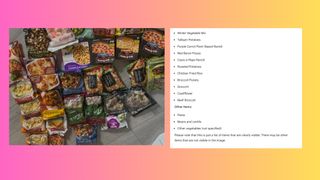
Next, I provide Gemini with details about our eating habits. For instance, I usually cook dinners at home, but I often rely on quick, simple meals during the week. I also mention dietary preferences, like incorporating more healthy protein into our meals with the goal of avoiding overly processed foods. Gemini remembers these preferences and adjusts my list accordingly.
Over time, Gemini has learned my go-to recipes and favorite ingredients. If I often cook spaghetti Bolognese, it might suggest restocking ground beef and tomato paste when I’m running low. It even factors in seasonal preferences, like recommending soup ingredients in colder months or barbecue essentials during summer.
3. Analyze what’s missing

After comparing my pantry and freezer inventory with my eating habits, Gemini identifies the gaps. If I have pasta but no sauce, it suggests buying tomatoes or a jar of marinara. If I’ve got flour but no eggs, it reminds me to grab a dozen for baking.
Gemini also checks expiration dates. If an item, like yogurt, is nearing the end of its shelf life, it highlights that I might want to use it soon or replace it. Keep in mind that to do this, the image needs to be a close-up. In general, my family goes through food so fast that expiration dates are not usually a problem, but it’s nice to know that Gemini has my back just in case I let something slip. This ensures I’m not only buying what I need but also using what I have effectively.
4. Generate a smart grocery list
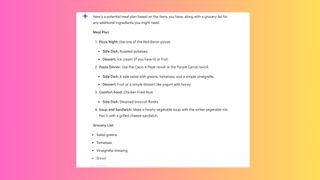
Once the analysis is complete, Gemini generates a grocery list. The list is categorized for convenience — produce, dairy, pantry staples, etc., making shopping quicker and more organized.
Even better? Gemini doesn’t just give me a static list. It provides suggestions for new recipes based on my inventory. If I have leftover quinoa and canned black beans, it might recommend making a quinoa salad and suggest adding avocados or lime to my list for a fresh twist.
5. Adjust for weekly variations
Some weeks, our schedule is busier than others, and I lean on frozen meals or prepped ingredients (if you know, you know). Other weeks, I’m feeling adventurous and want to try a new dish. Gemini accommodates these variations seamlessly.
I simply let Gemini know about any changes — like soccer games or meal prepping lunches — and it adjusts the grocery list accordingly. It’s like having a personal shopping assistant that understands my needs better than I do.
The benefits
Since incorporating Google Gemini into my grocery routine, the benefits have been undeniable:
Time savings: No more wandering the aisles aimlessly or making multiple trips because I forgot something.
Reduced waste: By focusing on what I already have and suggesting ways to use it, Gemini helps minimize food waste.
Healthier choices: With Gemini’s meal suggestions, I’ve started incorporating more balanced and creative dishes into my weekly rotation.
Cost efficiency: By sticking to what I need and avoiding impulse buys, I’ve noticed significant savings on my grocery bills.
Bottom line
Using Google Gemini has transformed grocery shopping from a dreaded task to an intuitive process. Its ability to analyze my pantry, align with my habits and even inspire new recipes feels like a glimpse into the future of AI-powered convenience.
As technology continues to evolve, tools like Gemini could become even more integrated into our daily lives. Imagine pairing it with smart appliances that track your usage or linking it to delivery services for an automated grocery experience.
For now, I’m grateful for how Gemini has simplified one of life’s most repetitive tasks. With a little help from AI, my pantry stays stocked, my meals stay interesting and my grocery runs stay (close to) stress-free. If you’re looking for a way to take the guesswork out of your shopping routine, Google Gemini might just be the game-changer you need.
More from Tom's Guide
- OpenAI announces '12 days of OpenAI' with a new product or model every day
- I just saw the future of gaming — Google's Genie 2 can turn text into a playable game in real-time
- ElevenLabs drops new conversational AI — it’s as natural as chatting to a human


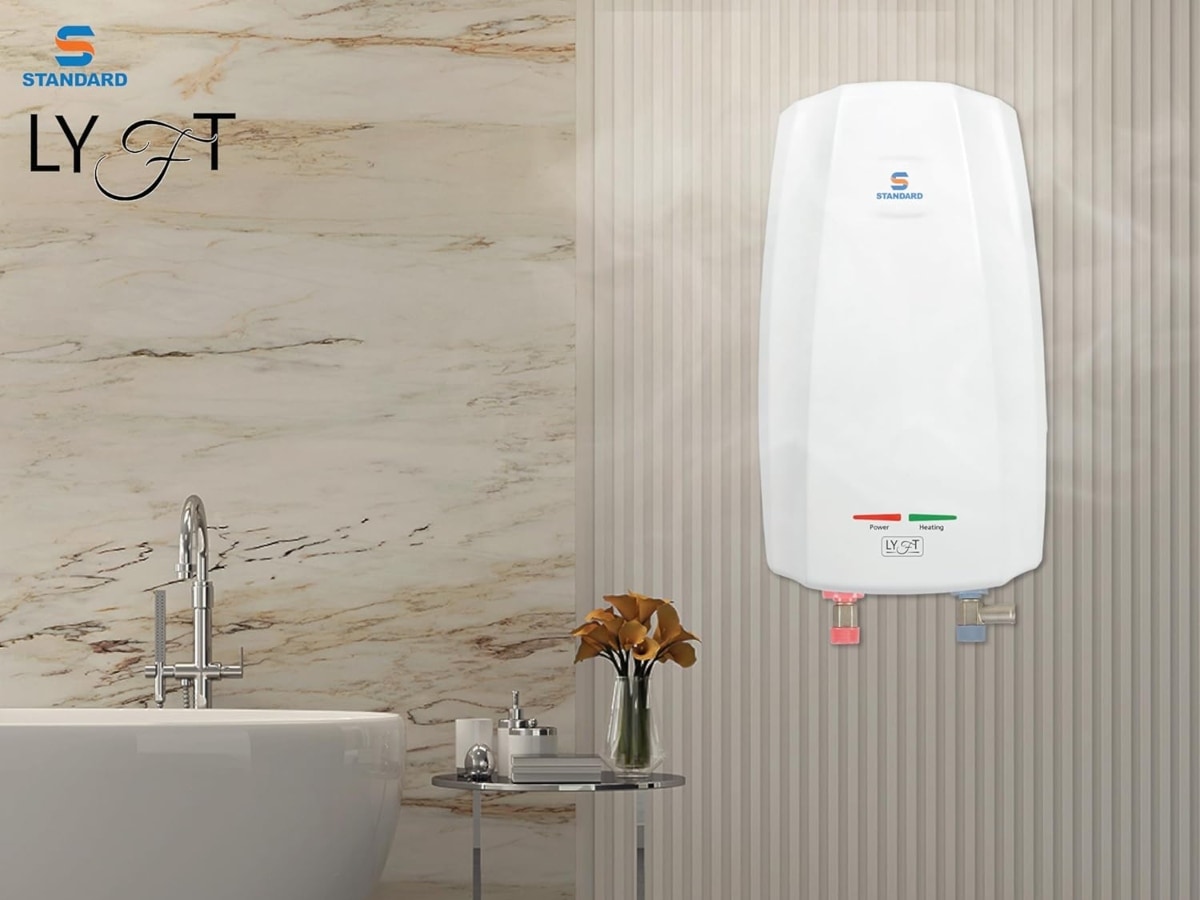


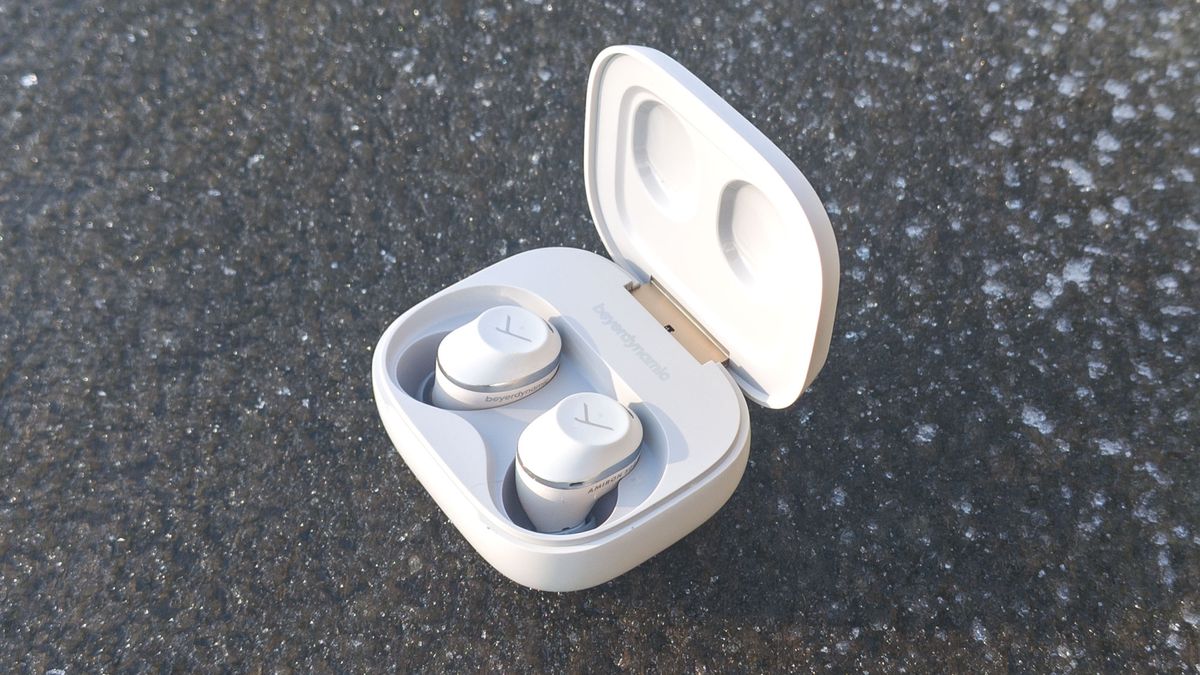

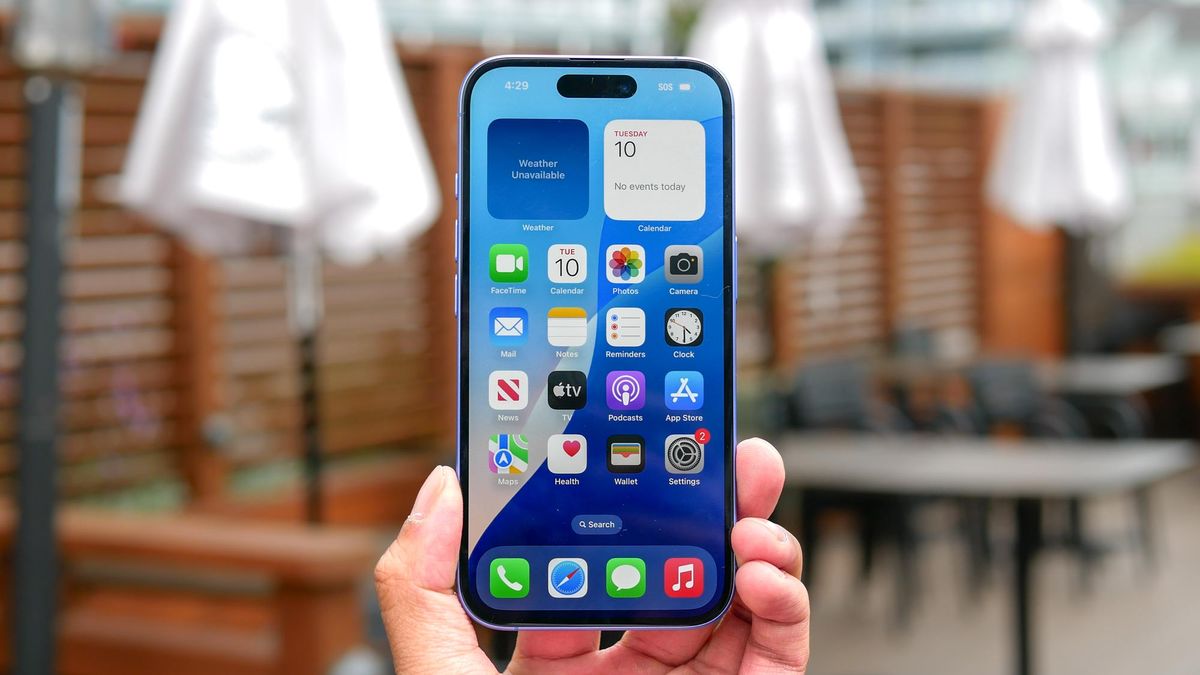













 English (US) ·
English (US) ·